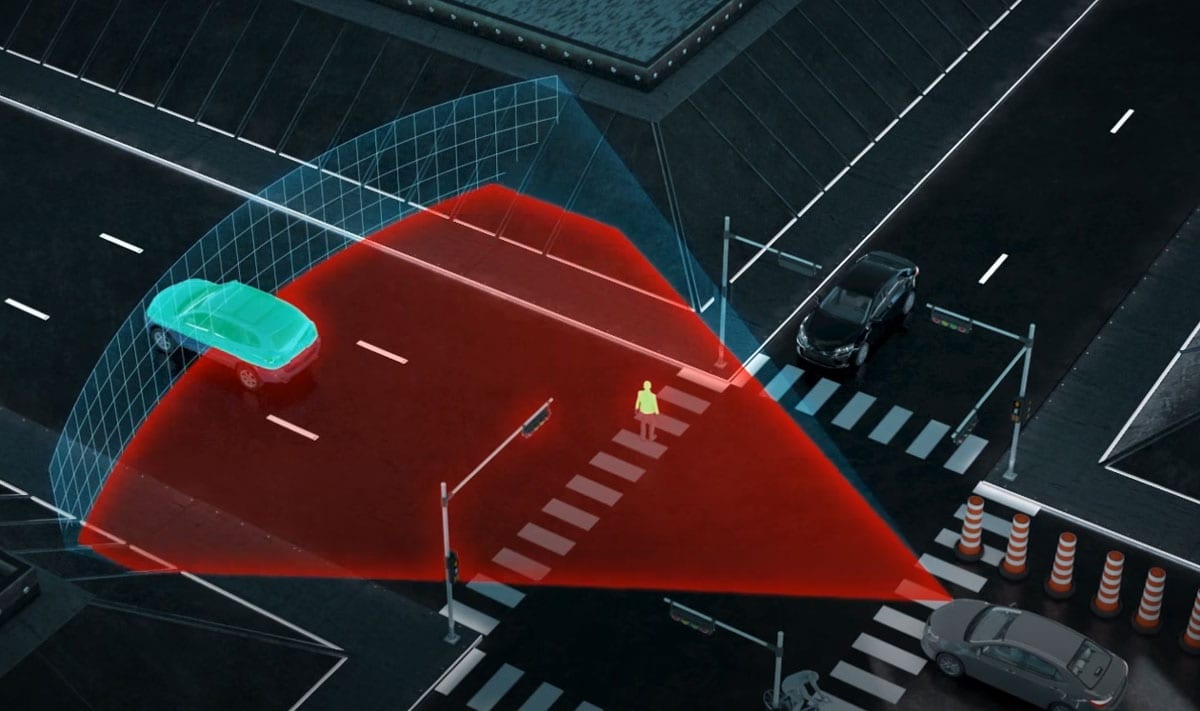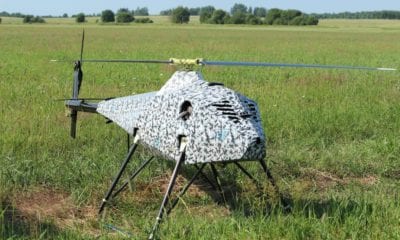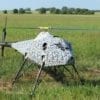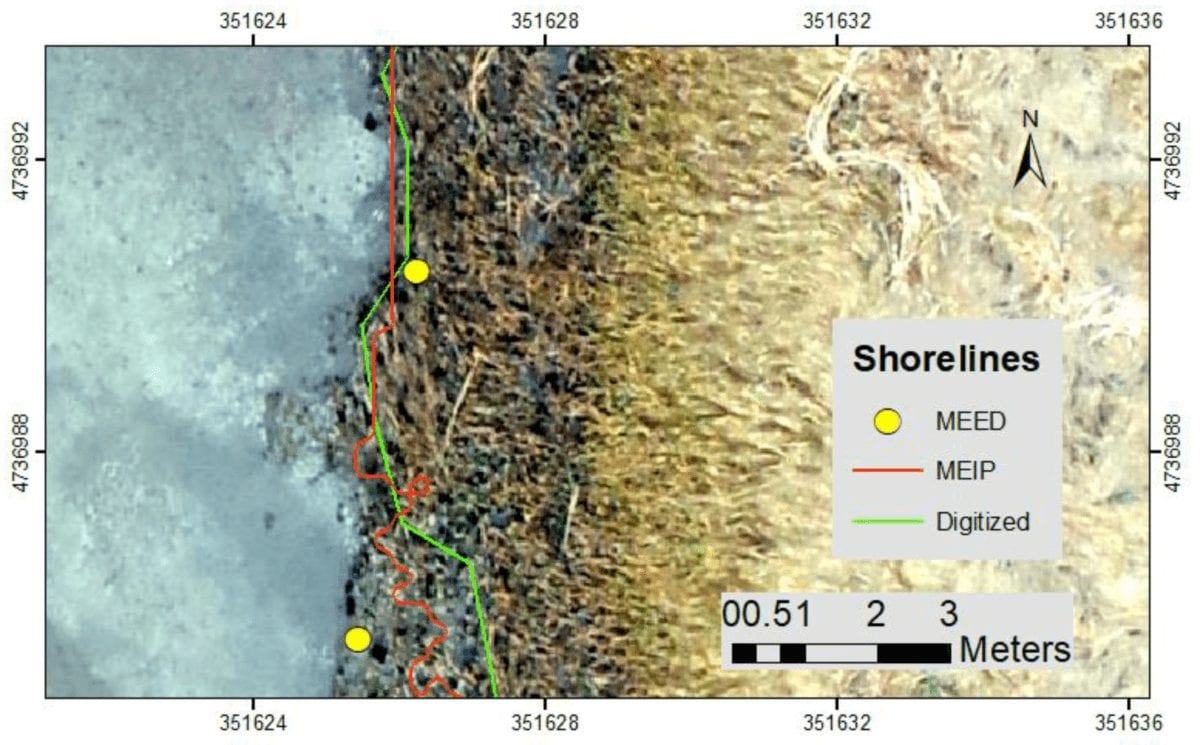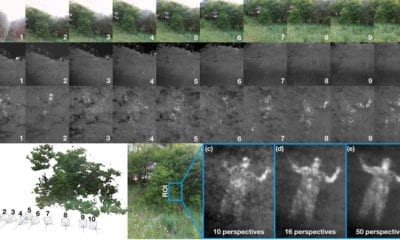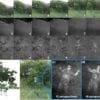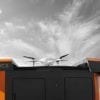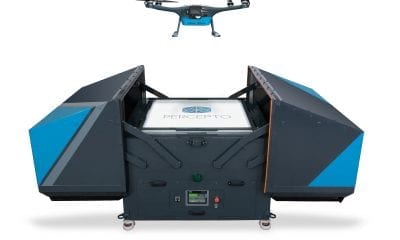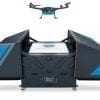The Road to Autonomous Cars: LiDAR Sensors Drives Growth for LeddarTech
LiDAR technology has bolstered its position in vehicle automation, with almost all major automotive manufacturers working towards semi-autonomous and autonomous technology in the race towards the production of autonomous driving vehicles.
However, almost three-quarters of the American population fear driverless cars – especially technology-savvy millenials – a recent AAA report says.
What many may not realise though is that there are already cars on our streets sporting autonomous features, and the road to a fully autonomous transport future is incremental.
These increments are currently counted in levels, from Level 0 (no autonomy) to Level 5 (full autonomy), as described by the Society of Automotive Engineers (SAE).
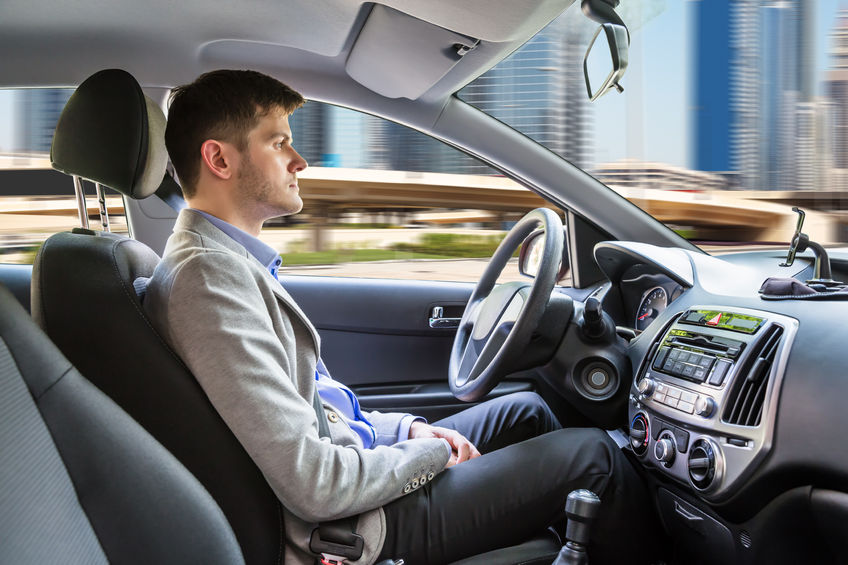
A young man sitting inside an autonomous car
Of vehicles offering introductory autonomy, there are currently only Level 1 and Level 2 models available on the consumer vehicle market, with Level 1 consisting of capabilities most would be aware of such as cameras and sensors that provide assisted braking or control driving speed but not at the same time.
Commercially available models offering Level 2 autonomy are to this day a rare breed, including only certain luxury cars such as Tesla’s Autopilot, Cadillac’s Supercruise and Volvo’s Pilot Assist. These vehicles can control speed and steering at the same time, may include features such as lane centering. However this kind of autonomy still requires that the driver have their hands on their wheels.
Introduction of Level 3 to Level 5 autonomy will be another step altogether. The difference between Level 3 to Levels 4 and 5 is significant, where Level 3 (conditional automation) allows ‘hands-off’ driving only in certain situations.
Level 4 on the other hand is almost fully autonomous, and should according to SAE allow safe driving by the vehicle even when a driver makes an unsafe request or order. Cars like this are likely to be available on the market by 2021, say Nvidia. Level 5 – true, driverless vehicles that require only the destination to be input by the passenger – may still be a way off due to the high costs of testing and developing the technology, some commentators say.
Either way, cars with increasing levels of autonomy are part of our driving future. And this kind of autonomy requires a great deal of computing power, as well as high performance sensors.
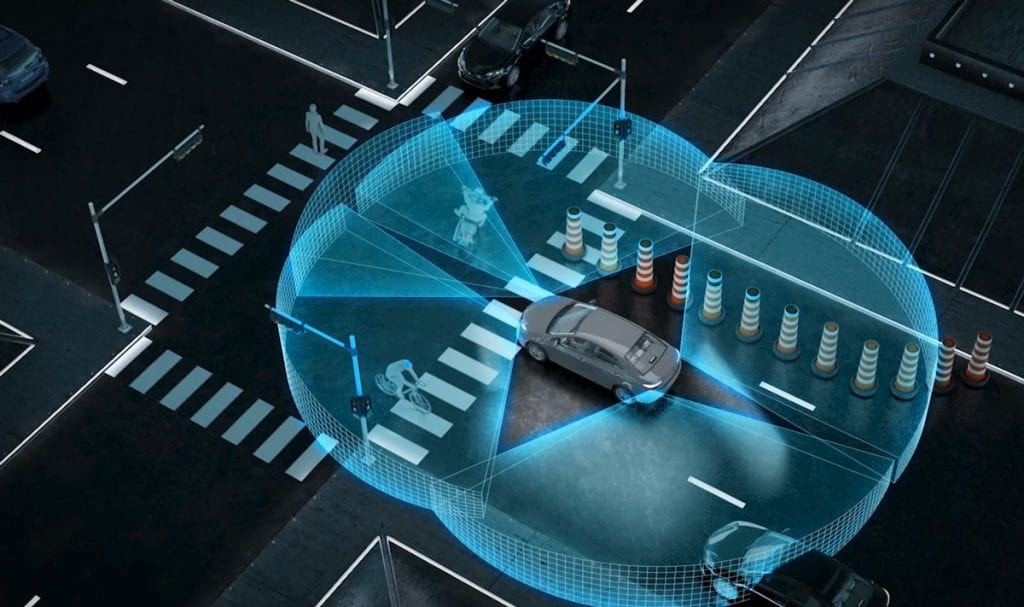
LeddarTech’s 3D Flash units provide 360 degree coverage | LeddarTech/Youtube
According to Technavio, a leading market research company with international coverage, LiDAR is the sensor of choice for automotive driving applications, and industry experts confirm its requirement for safe self-driving cars. As a result, there are more and more system programmers turning to solid-state LiDAR (SSL) sensor alternatives to achieve the maximum degree of system reliability and redundancy.
One developer of LiDAR sensing technology, LeddarTech, is greatly benefiting from the need for high performance and cost-effective solid state LiDAR (SSL) solutions in the self-driving car market – this growth surely at some level proves the increase in market demands.
Together, the LCA2 and LCA3 LiDAR system-on-chip (SoC) engines made by companies such as LeddarTech deliver the required LiDAR configurations and performance needed to implement SAE Levels 1 through 5 of autonomous driving, and Leddartech insist that their engines meet the price point demanded by the market.
The first half of LeddarTech’s 2018 fiscal year (ended March 31, 2018) was transformative for the organization, marked by continuing expansion activities aimed at supporting a growing number of strategic Tier-1 customers and OEM projects, along with important product milestones and achievements.
LeddarTech is currently experiencing accelerated growth after a successful US$101M (CAN$130M) financing round completed in the end of fiscal year 2017.
LeddarTech’s general-purpose LiDAR module solutions have also experienced growing customer traction. The company’s modules have been applied for a variety of purposes including obstacle detection with driver-alert technology for public transit buses and collision avoidance for autonomous shuttles, commercial drone obstacle avoidance and altimetry.
The company has also been recognised by industry with several product and business achievement including:
- CES 2018, Las Vegas – Innovation Award Honoree in two categories for the LeddarCore LCA2 SoC: Embedded Technologies and Vehicle Intelligence and Self-Driving Technology
- Tech.AD Awards 2018, Berlin – Runner-up, Most Innovative Active Safety or ADAS Technology/Product/Service category for the LeddarCore LCA2 SoC
- Fidéides 2018, Quebec – High-Tech Company of the Year distinction, presented at this awards ceremony hosted by the Quebec City Chamber of Commerce and Industry (CCIQ) to promote regional entrepreneurship, innovation and business excellence
- In addition, LeddarTech’s Series C financing round was recognized by the international media as the third-largest venture capital deal of the year in Canada
Company staff numbers have increased by over 70% last fiscal year, with the addition of 33 employees within the last two quarters – and they say they are hiring an additional 20 staff to bring the organization’s total headcount to 125.
To bolster this rapid expansion of its actions, LeddarTech has appointed industry veteran Frantz Saintellemy as its new President and Chief Operating Officer (COO). With over 20 years of expertise in the automotive, semiconductor and sensor sectors, Saintellemy brings extensive industry knowledge to LeddarTech.
Saintellemy’s first task is, according to the company, to reorganise LeddarTech into two divisions – Automotive Solutions and Module Solutions – in order to better address the unique demands of automakers from different market segments.
With recent market reports – such as by Transparency Market Research – saying that the the multibillion automotive LiDAR sensor market will be propelled by the requirements of brand new technologies such as autonomous vehicles, Leddartech are well positioned with their patented solid state LiDAR technology to position themselves strategically in the autonomous car mass-market.

